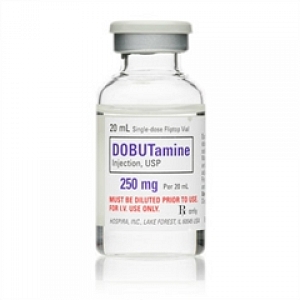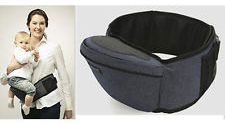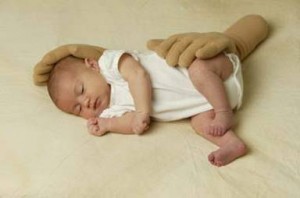What’s the difference between a consumer of good design and a designer? Well, it boils down to the ability to notice an opportunity where a product or a fix or a nudge can make a positive difference in someone’s life. During his 1989 interview with Inc Magazine, Steve Jobs famously said: “You can’t just ask customers what they want and then try to give that to them.” You see, designers don’t ask for solutions. They discover them and share them with the world.

So what does it take to discover a good design solution? I believe it comes down to ability to see a pain point, to notice an opportunity, to remark on the unremarkable! Allow me to share to few examples from personal experience in the last few months.
Drug Labels
 I recently had a heart stress test. Unfortunately, the IV drug they tried to use had an unusual side effect — my heart rate would go up and then quickly drop, enabling the doctors to perform the test. The nurses scrambled for another drug, but they also needed to make a report — such and such a drug on such and such a patient resulted in bad reaction. The report needed the nurses to list the lot number for the drug — a long number printed in small font on the side of a tiny bottle. The numbers were small. The situation stressful (I really wasn’t doing all that well). And several nurses passed the bottle between them, trying to record the number. As sick as I was, I saw this as a label design failure, an interface design snafu, a process problem caused by bad manufacturing decision.
I recently had a heart stress test. Unfortunately, the IV drug they tried to use had an unusual side effect — my heart rate would go up and then quickly drop, enabling the doctors to perform the test. The nurses scrambled for another drug, but they also needed to make a report — such and such a drug on such and such a patient resulted in bad reaction. The report needed the nurses to list the lot number for the drug — a long number printed in small font on the side of a tiny bottle. The numbers were small. The situation stressful (I really wasn’t doing all that well). And several nurses passed the bottle between them, trying to record the number. As sick as I was, I saw this as a label design failure, an interface design snafu, a process problem caused by bad manufacturing decision.
Perhaps most designers would be able to spot the problem if put in my situation. But it requires an active decision to do something to elevate a simple observation into a solution — it requires remarking on the unremarkable! I’m sure the nurses encounter bad drug labels all the time. But few take the time to do something about it.
Kids and Free Hands
When our sons were little, I saw a stroller freak — light double stroller for quick shopping excursions, a heavy big-wheeler for beach outings, sit and stand stroller for a walk in the park, a wagon (or 2) for when I needed something even more substantial. My problem was always hands — I just didn’t have enough of them! Two kids, two hands. But then what of all the other stuff I was expected to carry? The dipper bags, the purse, the phone, the keys, the groceries, the toys… I didn’t have enough hands for all I needed. So I was always on a look out for a clever solution… and I still am — I’m interested in solutions to annoying, everyday problems.
I’m clearly not the only one to notice this as a problem. So here are a few solutions.
 SaddleBaby is a hands-free baby-riding-on-parent-shoulders solution. It’s available from SkyMall for $99, and it is probably not a good solution for mothers. But it gives a parent two free hands to interact with the world — a huge plus!
SaddleBaby is a hands-free baby-riding-on-parent-shoulders solution. It’s available from SkyMall for $99, and it is probably not a good solution for mothers. But it gives a parent two free hands to interact with the world — a huge plus!
 Twenty years ago, I probably had the very first model of Baby Hip Seat ever manufactured! Now there are dosens of models out for parent to choose from. True, I needed one hand to stabilize my son and to keep him from falling. But I was also able to keep my spine from deforming — I didn’t have to stick my hip out so far to make this form of baby-carrying work. All mothers carry their kids on their hips. But this little invention made it easier to do (with an added benefit of zippered pockets).
Twenty years ago, I probably had the very first model of Baby Hip Seat ever manufactured! Now there are dosens of models out for parent to choose from. True, I needed one hand to stabilize my son and to keep him from falling. But I was also able to keep my spine from deforming — I didn’t have to stick my hip out so far to make this form of baby-carrying work. All mothers carry their kids on their hips. But this little invention made it easier to do (with an added benefit of zippered pockets).
 Some inventions are silly. Some sublime. But what they all have in common is the inventor’s ability to notice, to recognize, and to act on a problem that most had passed over.
Some inventions are silly. Some sublime. But what they all have in common is the inventor’s ability to notice, to recognize, and to act on a problem that most had passed over.
